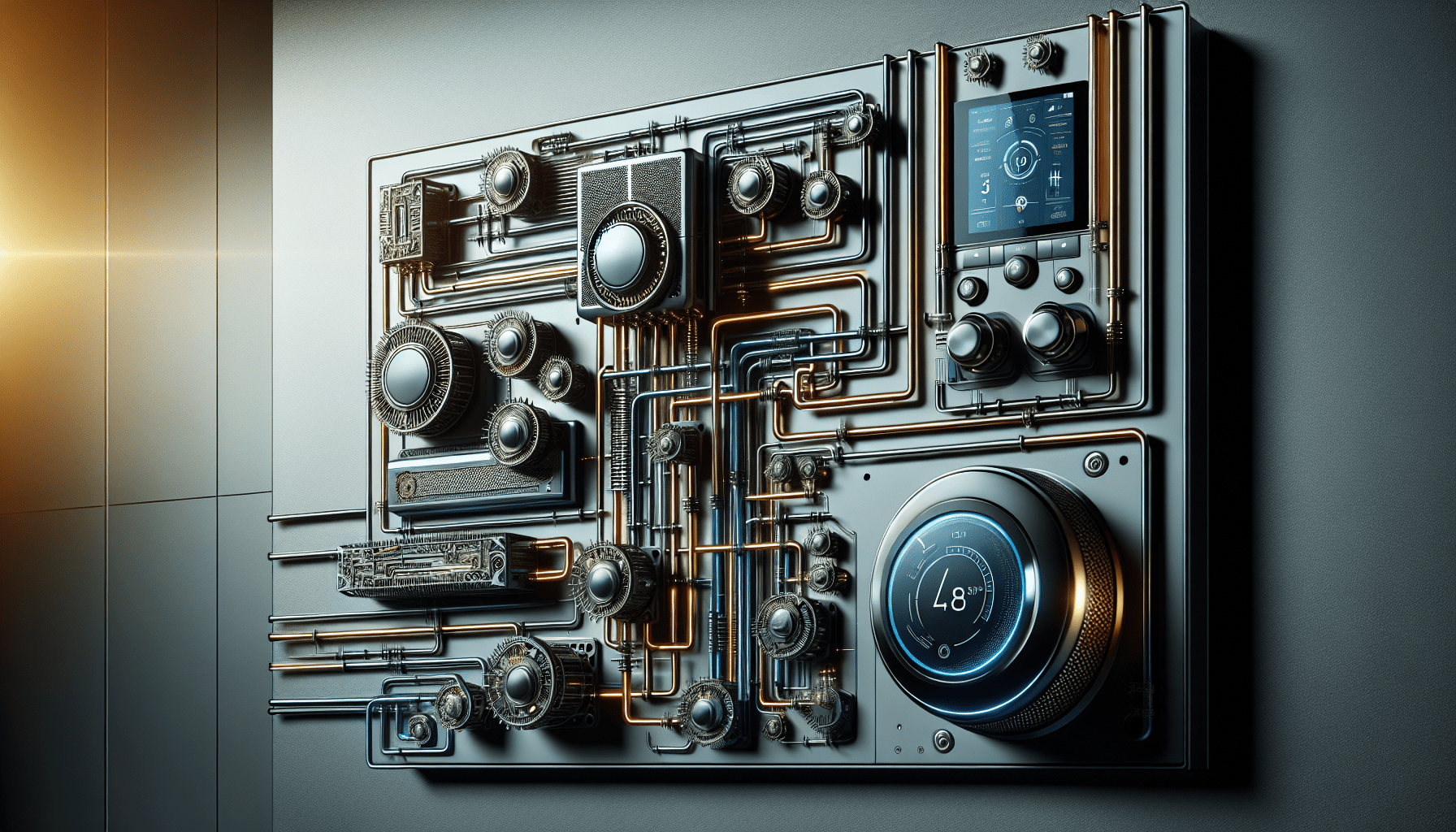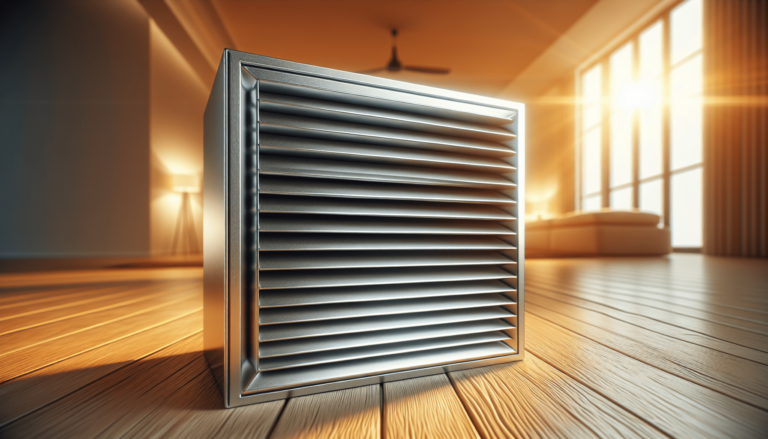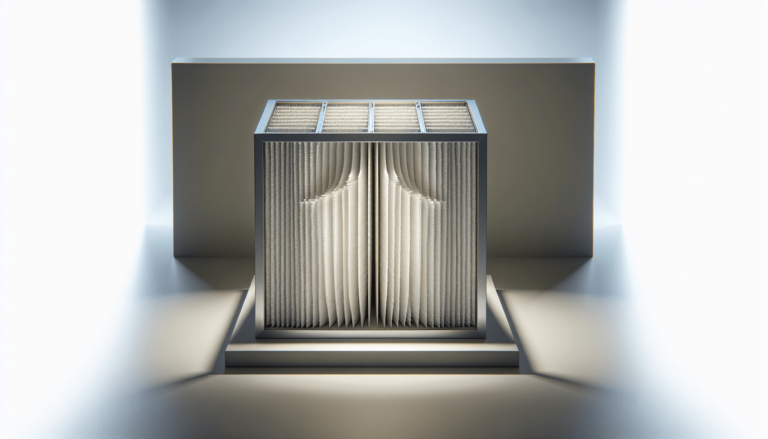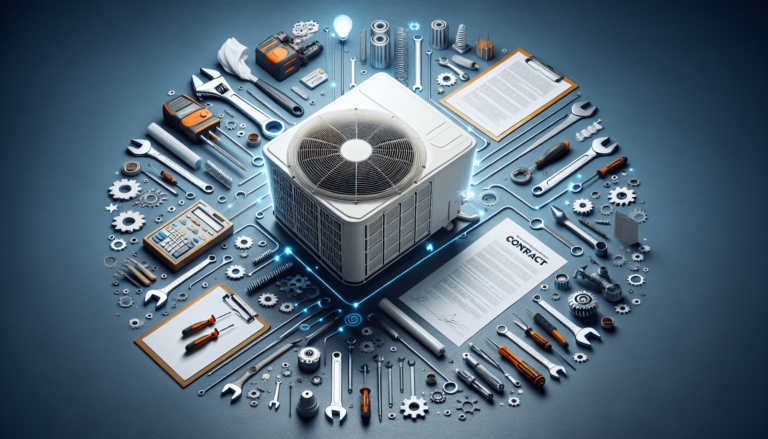

HVAC Services
Get Professional Repairs From The Area's Trusted HVAC Technicians. Ask About Our Services! We Offer Professional Heating & Cooling System Repairs And Guarantee Long-Lasting Results.
Got Question? Call us: (850) 678-2665Financing
The Art Of HVAC: Design, Installation, And Optimization
Explore the artistry of HVAC systems! Discover how seamless design, installation, and optimization bring comfort and efficiency to your home and workplace.

Have you ever wondered what makes the air conditioning in your home so comfortable, or how your office stays warm in winter? The magic behind these comforts lies in a well-designed HVAC system. You might think of HVAC as a sophisticated art form that blends design, installation, and optimization to create a masterpiece of airflow harmony. Let’s explore what makes HVAC so fascinating and essential.

Understanding HVAC Design
HVAC design is the foundation of any temperature control system. It dictates how the components work together to heat, ventilate, and cool a space. Without a thoughtful design, you might find yourself sweating in summer or shivering in winter.
Components of HVAC
Imagine your HVAC system as a carefully composed symphony with each section playing its part. The main players are heating units, air conditioning units, ventilation systems, and thermostats. Each has distinct functions but must coordinate perfectly with the others.
-
Heating Units: These can include furnaces or boilers. Their job is to provide warmth, converting fuel into heat energy.
-
Air Conditioning Units: These focus on cooling spaces by removing heat from indoors. They rely on compressors, condensers, and evaporators to accomplish this.
-
Ventilation Systems: Their role is to circulate air, ensuring that it stays fresh and healthy, whether by bringing in outside air or recirculating indoor air.
-
Thermostats: These are your control panels, allowing you to set your desired temperature. They act as the brains of the operation by ensuring your system responds to your needs.
The Design Process
Designing an HVAC system is about achieving balance. Engineers consider the size of the space, climate, your comfort preferences, and energy efficiency. They create blueprints, much like an artist sketching a preliminary outline before adding color.
HVAC design also accounts for future needs. As an owner, you might want to expand a room or add a new wing, so modular designs provide flexibility, adjusting as your needs change.
Installation: Bringing the Design to Life
Once the blueprint is ready, the installation begins. This phase is critical because even the best design can’t perform well if installed poorly. Imagine trying to wear an elegant outfit but putting it on inside out. It just wouldn’t work!
Steps in HVAC Installation
Installing an HVAC system involves several steps. Let’s take a walk through what this typically looks like.
-
Site Assessment: Before any work begins, the technician examines the space closely. This assessment ensures there are no surprises and helps determine the right equipment sizes and types.
-
Ductwork Setup: Proper ductwork ensures that air flows efficiently throughout a building. Think of ducts as highways for air—too many bottlenecks, and traffic comes to a crawl.
-
Component Installation: This involves placing equipment like furnaces, AC units, and thermostats. Precision is key because even a slight misalignment can impact performance.
-
Wiring and Connections: Electrical hookups are essential. Much like a musician tuning their instrument, electricians ensure everything hums in perfect harmony.
-
Testing and Calibration: No installation is complete without thorough testing. Technicians test the system to make sure everything operates as planned, adjusting settings for optimal performance.
Challenges of Installation
Installation can be tricky. Technicians often work in cramped spaces or must retrofit systems into older buildings, which can be like trying to fit a jigsaw puzzle piece in the wrong puzzle. Patience and skill are essential.
Optimization for Maximum Efficiency
After installation, a beautifully designed system doesn’t remain static. It needs ongoing optimization, much like tuning an instrument to maintain its sound.
Why Optimize?
Optimization ensures that the system operates efficiently, keeping energy use and costs down. It extends the life of the equipment, reducing the need for replacements or extensive repairs.
Tips for Optimization
-
Regular Maintenance: Regular check-ups prevent small issues from becoming big problems. This involves cleaning filters, inspecting ducts, and fine-tuning settings.
-
Smart Thermostats: These devices learn your schedule and preferences, adjusting temperatures accordingly. They offer convenience and efficiency, preventing energy waste when you’re not around.
-
Air Quality Management: Optimize ventilation to maintain healthy indoor air quality. This might involve updating filters or adding air purifiers if needed.
-
System Upgrades: Technology evolves rapidly, and upgrading components like thermostats or adding variable speed fans can increase efficiency without a full system replacement.
The Environmental Impact of HVAC
Your HVAC system not only affects your comfort but also has environmental implications. A focus on eco-friendly systems doesn’t just benefit the planet; it can offer savings through energy rebates and reduced consumption.
Innovations in Green HVAC
Eco-friendly options are becoming part of HVAC design strategies. Consider these innovations:
-
Heat Pumps: These systems transfer heat rather than generating it, using less energy.
-
Solar-Powered Systems: Utilizing solar panels, these systems can significantly reduce traditional energy use.
-
Geothermal Heating and Cooling: Tapping into the Earth’s natural temperature, these systems offer efficient and renewable energy solutions.
Tips for Reducing Environmental Impact
-
Choose Energy-Efficient Models: Always look for systems with a high SEER (Seasonal Energy Efficiency Ratio) rating. The higher the rating, the more efficient the system.
-
Proper Insulation: Good insulation reduces the work your HVAC system has to do, keeping your indoor temperature stable.
-
Programmable Thermostats: These can cut down energy use significantly by ensuring the system runs only when necessary.

Conclusion
The art of HVAC lies in the delicate balance between design, precision installation, and thoughtful optimization. Each of these components plays a crucial role in ensuring that you achieve comfort efficiently and sustainably.
Tempacure Heating and Air Conditioning could be your partner in this journey. They’re committed to implementing HVAC solutions that meet your specific needs and help protect the environment. Their expertise, located at 325 Cedar Ave S, Suite B, Niceville, FL 32578, is just a call away at (850) 678-2665.
Creating and maintaining a comfortable environment is more than just about temperature. It’s about fostering a space where you can live and work efficiently while caring for your surroundings. The art of HVAC design, installation, and optimization is your guide to achieving this harmony. Now, doesn’t that sound like a breath of fresh air?







